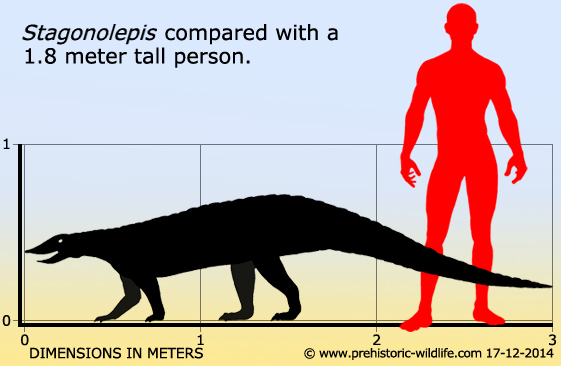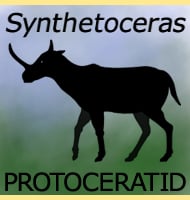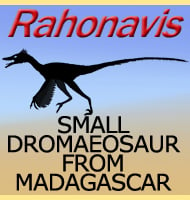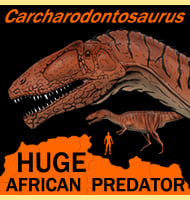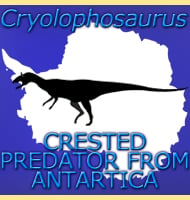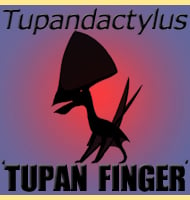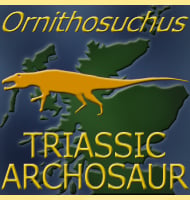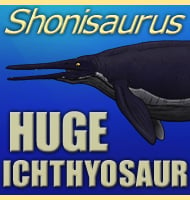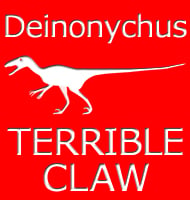In Depth
Stagonolepis had the typical aetosaur body form, quadrupedal, short legs and osteoderms than ran down the length of the body. This form could be described as crocodile-like, but caution should be exercised before assuming that Stagonolepis lived like a crocodile as well. Stagonolepis had neither piercing or slicing teeth, but peg-like teeth adapted for stripping the foliage from ferns. Stagonolepis also had a toothless beaked tip to the front of the jaws which could have been used for digging up buried plants. As such the osteoderm armour of Stagonolepis was probably more for protection from the jaws of archosaurian predators of the time possibly similar to Smok (though this particular genus lived slightly later).
There is still some confusion about Stagonolepis, specifically regarding if any other genera are synonymous to it. Calyptosuchus from North America has for some time been considered to be a synonym to Stagonolepis, something which led to the creation of the species S. wellesi. Aetosauroides from South America has also been considered to be a synonym to Stagonolepis with smaller individuals belonging to S. robertsoni, larger ones to S. wellesi. Later studies of these fossils have now yielded the opinion that both Calyptosuchus and Aetosauroides are actually valid as distinct genera. If this is correct, then the species of Stagonolepis will be reduced to just two, S. robertsoni from Scotland and S. olenkae from Poland. Needless to say this will also mean that Stagonolepis only has a European distribution.
Further Reading
- South American occurrences of the Adamanian (Late Triassic: latest Carnian) index taxon Stagonolepis (Archosauria: Aetosauria) and their biochronological significance, A. B. Heckert - 2002. - Aetosaur dermal armor from the Late Triassic of southwestern North America, with special reference to material from the Chinle Formation of Petrified Forest National Park, R. A. Long and K. L. Ballew. 1985. - The skull of an early Late Triassic aetosaur and the evolution of the stagonolepidid archosaurian reptiles, Tomasz Sulej - 2010. - A reappraisal of the taxonomic status of Aetosauroides (Archosauria, Aetosauria) specimens from the Late Triassic of South America and their proposed synonymy with Stagonolepis, J. B. Desojo & Martin D. Ezcurra - 2011. – Osteology of a forelimb of an aetosaur Stagonolepis olenkae (Archosauria: Pseudosuchia: Aetosauria) from the Krasiej�w locality in Poland and its probable adaptations for a scratch-digging behavior. – PeerJ. 6: e5595. – Dawid Dr�żdż – 2018.
